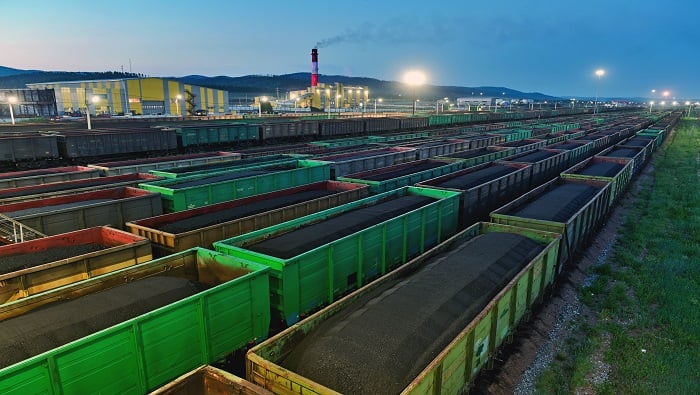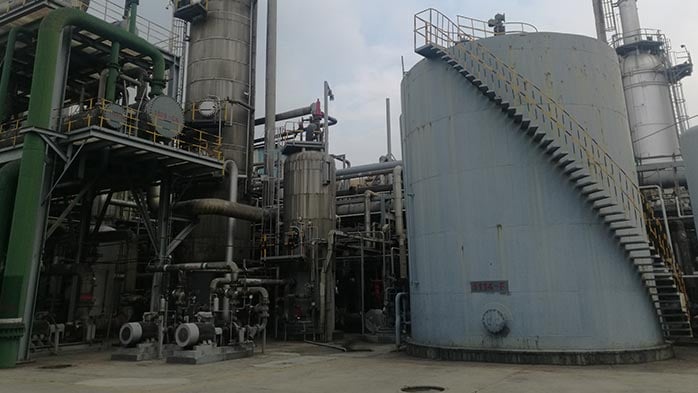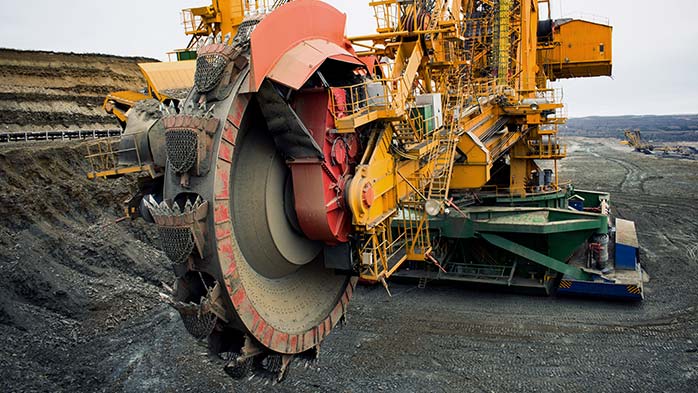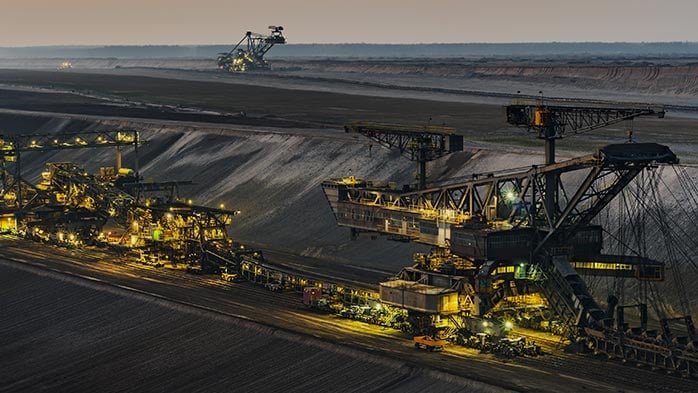Demand for thermal coal in China, the largest consumer globally, is declining. Markets in Europe and North America, once major coal consumers, are increasingly shifting towards renewable energy and gas for power generation.
Could this be the start of thermal coal's terminal decline? In this insight, we present our views from the latest edition of CRU's Thermal Coal Market Outlook on long-term demand in China, as well as the demand outlook across emerging markets and North East Asia.
Consolidation of end-use sectors in China's thermal coal market
China is the largest consumer of thermal coal worldwide and, in 2016, the country is expected to consume just over half of total global demand. At its peak in 2013, thermal coal demand in China, across both the power and non-power sectors, comprised over 54% of total global demand, as the country industrialised and power consumption grew at double digit rates. However, in 2015, power consumption grew at only 0.5% y/y, the lowest growth rate in over two decades, indicating a slowdown in economic activity, as over 70% of power demand is consumed by the industrial sector. Consequently, thermal coal demand from the power sector fell 2.7% y/y, with overall demand falling 4.0% y/y. This year, the Chinese thermal coal market is expected to contract further, as power demand growth remains weak and competition from non-fossil fuel power sources increases. Looking ahead, what are the prospects of thermal coal demand in China given that the government is striving to combat pollution and investment in nuclear and renewable energy sources is growing rapidly?
The major end-use sectors for thermal coal in China consist of power generation, cement and fertilizer production. Other uses include heating, residential consumption and in the manufacture of building materials. Demand from non-major end-use sectors, year-to-date, has declined sharply, as these sectors typically involve the direct use of coal, such as in residential consumption, or small-scale industrial coal-fired boilers that lack the efficiency of modern boilers. The government is in the process of phasing out outdated boilers and by 2017, has mandated that boilers with capacities of 10 t/h or less would be eliminated from urban areas. Over time, it is expected that China's thermal coal market will consolidate with end-user demand predominantly arising from the power, cement and fertilizers sectors.
The growth in power demand will be driven primarily by strong increases in the residential and services sectors as the economy matures and power demand decouples from economic growth. Coal's share of power generation will decline, from 70% today to an estimated 50% by 2035, displaced by an increase in nuclear and renewable power generation. Nevertheless, the thermal coal market is crucial in securing China's long-term energy security as we believe that the government will push for the diversification of energy sources to achieve a balance power mix that will deliver on its pledge to control carbon emissions.
India and South East Asia poised for demand growth
About 69% of India's electricity demand is generated from thermal coal, which is expected to remain the dominant fuel source in the medium- to long-term. The government has ambitious targets to increase the country's coal-fired power capacity to secure base load electricity supply and increase India's electrification rate. Developments in nuclear, gas and renewable capacities will continue to grow, but coal-fired capacity is likely to be the preferred source of power generation for its cost effectiveness. Similar to India, the industrialisation of South East Asia, in particular Malaysia, Indonesia, Vietnam and the Philippines will drive growth in thermal coal demand across the region. South East Asia has historically generated much of its electricity from oil and gas, but with depleting reserves, many countries are now increasingly investing in coal-fired power generation to diversify their energy mix.
North East Asia abides by coal
The North East Asian power market relies heavily on coal, nuclear and gas, as the renewable energy market is still very much in early development stages when compared with Europe and North America. Countries in the region are also energy-intensive and, as such, Japan, South Korea and Taiwan have been major demand centres for thermal coal in the past and are likely to retain their share of global demand in the long-term. In Japan, we expect strong thermal coal demand in the medium-term, but gradually declining demand in the long-term, as the share of nuclear power generation gains significance. Our analysis suggests that 26% of Japan's power will be generated from coal in 2035, down from 30% today. The growth in renewable energy in South Korea is expected to cause only a slight fall in demand for thermal coal over the long-term, yet we estimate 30% of power will be generated from thermal coal in 2035. Taiwan has confirmed plans to decommission all nuclear power plants by 2025 and, in their place, will invest heavily in renewable energy. Having said that, coal and gas-fired power generation will supply the island nation's base load power, with coal expected to generate up to 48% of total power demand, resulting in strong demand for thermal coal in the long-term. With the impending retirement of its nuclear reactors from 2018 and the lack of existing large scale renewable power generation capacity, Taiwan is the most promising growth market for thermal coal demand in North East Asia. The expected increase in demand will offset the slight falls over the long-term in Japan and South Korea, thus maintaining the region's market share of total global demand.
Conclusion
Despite pressure resulting from policies to mitigate climate change, we believe that the global long-term outlook for thermal coal demand is promising, driven by the industrialisation of emerging economies and the need to secure reliable and cost-effective base load power supply. The European and North American markets are in decline as utilities switch preference to gas, nuclear and renewable energy sources for power generation. However, growth in demand is expected in South East and South Asia, while China and North East Asia will continue to rely on coal for a significant share of power generation given the lack of domestic gas reserves and renewable energy generation capacity. As large amounts of capital has been poured into financing coal-fired power projects across Asia, there is an expectation that these power plants will operate for their lifespans to guarantee returns on investments are made. Markets in Asia will push for energy diversification and security, plus the advantage of being close to major supply centres such as Indonesia and Australia will likely incentivise growth in demand.

















